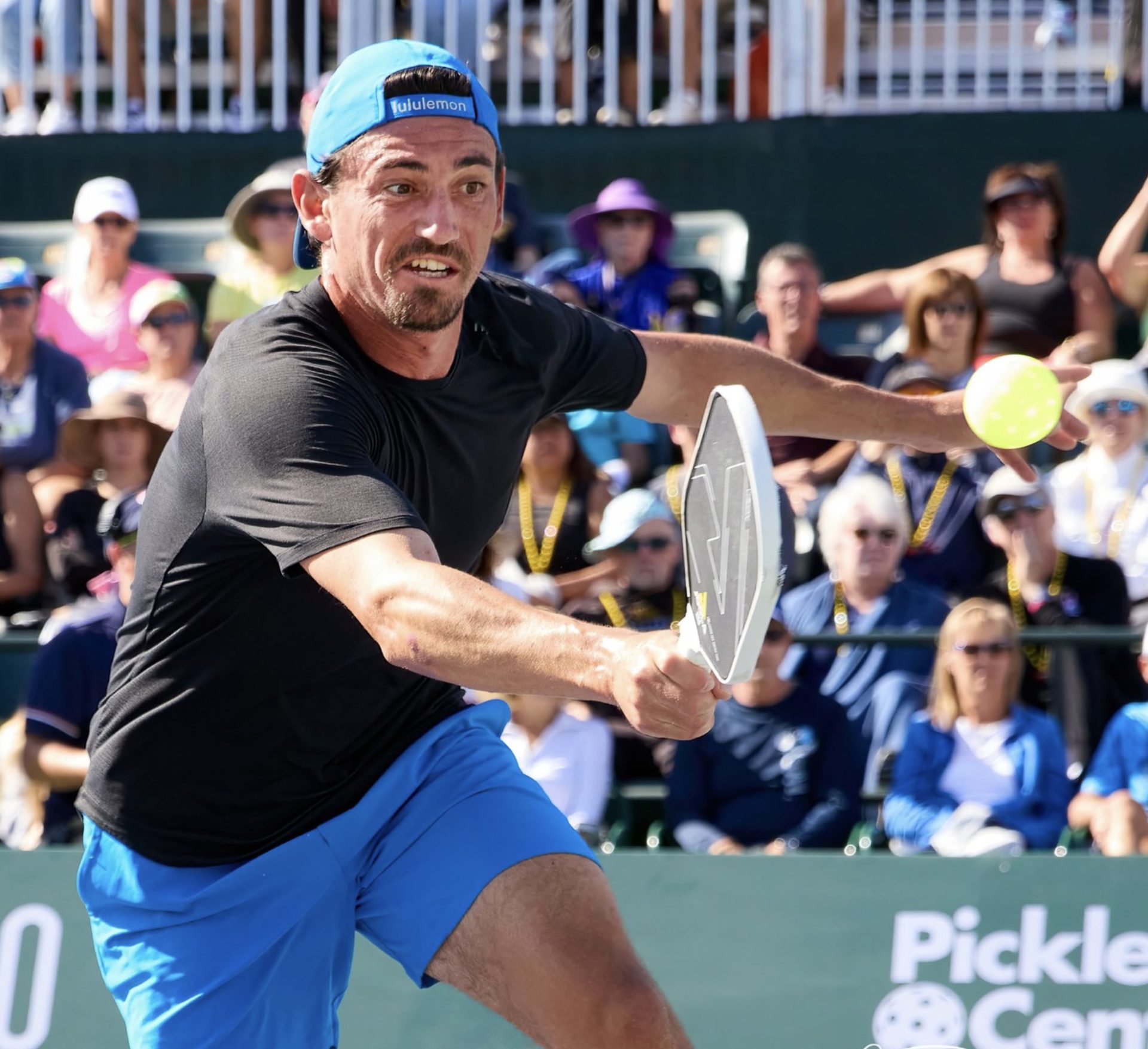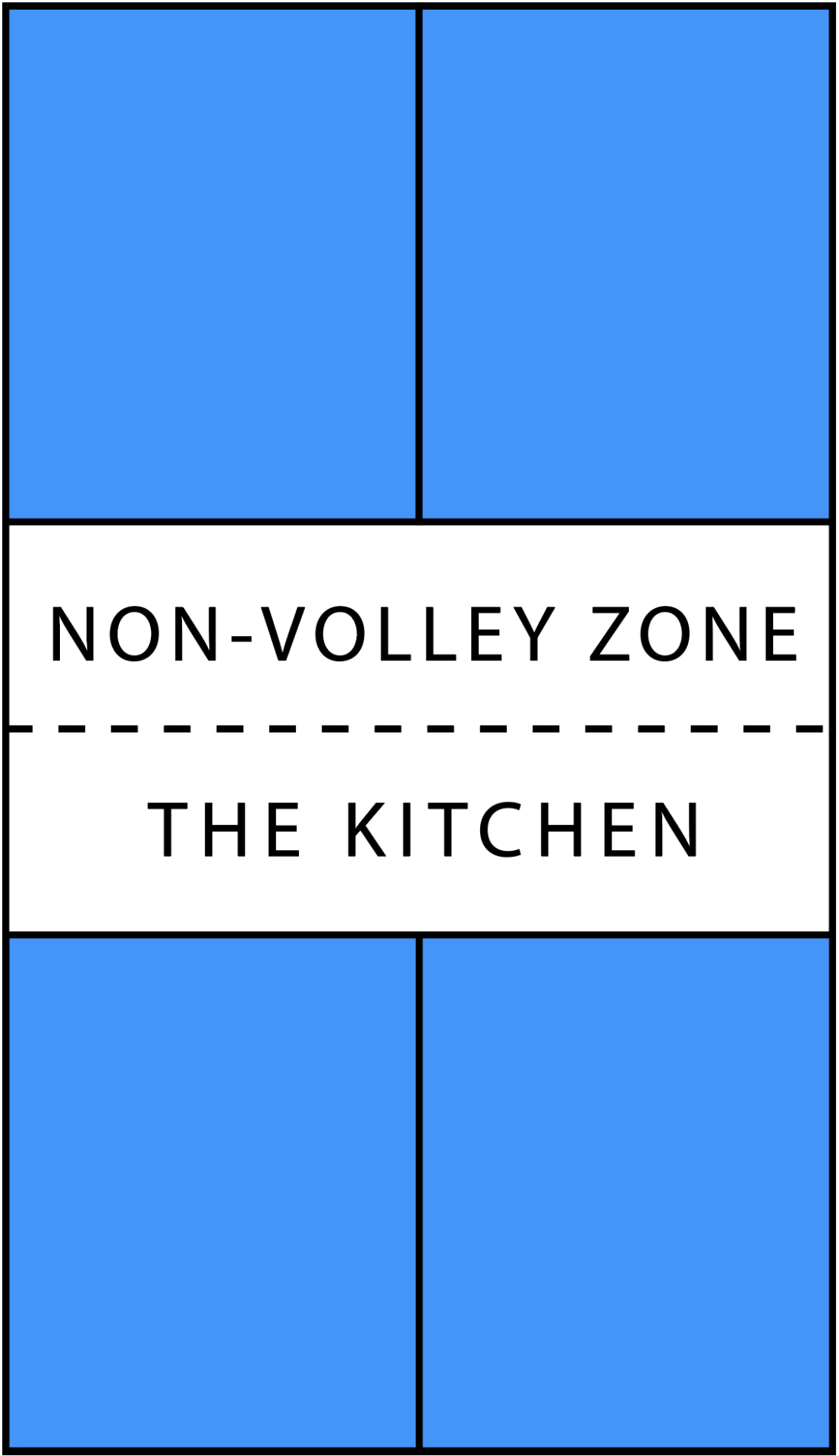
Welcome to part 1 of this pickleball instructional series adapted and excerpted from my book, The Joy of Pickleball. My goal is to help the beginner and intermediate player master the shots and strategy that make your game the best it can be.
This written guide is designed to help my students get the best instruction I have to offer. I hope it improves your pickleball experience as well! So let’s get started.
In pickleball, you build your game with the actual shots. This is your foundation. Knowing when to use each shot is the strategic part of the game. I will discuss this topic later in this series, but for now, let’s master the shots that enable you to execute your strategy effectively.
If you are a more advanced player, please bear with me as I go into detail about skills you already have in your arsenal. You may still find some concepts that merit renewed focus—not just physical skills, but more nuanced topics such as strategy, intention, patience,
and mindset. Maybe this instruction will also enable you to better help others who look to you for support and advice. If you’re a fit, powerful player, disregard the concessions to age that I will occasionally address. Just run your fingers through your beautiful, full head of hair and be grateful for your winning smile and prodigious forehand.

Mastering the Pickleball Swing: Smack, Slam, and Dink Like a Pro
You must develop the proper technique for every shot, whether it’s a dink, volley, serve, return, groundstroke, drop shot, overhead, or lob. These are the basic tools that build your game. Every good shot requires the proper combination of paddle position, footwork, direction, and pace. Incorporate each element to promote consistency and accuracy.
Use a continental grip for all your shots. Simply hold the paddle in front of you, perpendicular to the ground, and shake hands with it. This grip is versatile in that it allows you to hit every shot without needing to change your grip when the ball comes at you quickly.
Paddle position is vital. In general, keep your paddle in front of you at contact and follow through directly to your target. Also, try to stay as compact as possible—when you reach to the side for the ball or play it from behind your body, you don’t see the ball as well. This is
especially true with dinks and volleys. Many errors I see my students make are a variation on contacting the ball too far away from the optimal contact zone. Where exactly is this zone?
If you hold your arms out in front of you at 45-degree angles from your body, you are defining the optimal contact zone for almost all your shots within that 90- degree bear-hug range. When you make contact off to the side or behind your hips, you don’t see the ball as well, you lose sight of your opponents’ position on the court, and you are forced to use your little muscles in your wrists and forearms to manipulate the ball weakly over the net. Instead, stay compact, elbows close to the body, and play the ball in front of you as much as possible. I will soon give you tips on how to use footwork to stay behind the ball, increasing your consistency and accuracy.
A square paddle face to your target at impact and through impact is essential. Remember that being able to put the ball where you want to on the court is more important than power. That’s how the founders intended pickleball to be played so that people of all ages and physical abilities could enjoy the game!
Keep in mind that every shot I describe is designed to get you up to or increase your skill at the Non-Volley Zone (NVZ)* or kitchen, as it is usually called. Depicted below.

Pickleball is won at the kitchen line and lost with every step you are behind the kitchen line. It’s a positional tug-of-war, except you’re trying to push your opponents away from the line and pull yourself up to it.
Pickleball is like real estate. It’s all about location, location, location. When you take up prime real estate at the kitchen line, contact the ball in that upscale neighborhood in front of your body, and learn to place the ball in proper locations, your pickleball game will appreciate like a beachfront mansion.
In Part Two of this series, we will see that there are two main types of shots in pickleball. Learning to choose the right type of shot for each situation will enable you to keep your opponents off balance and play winning pickleball.

